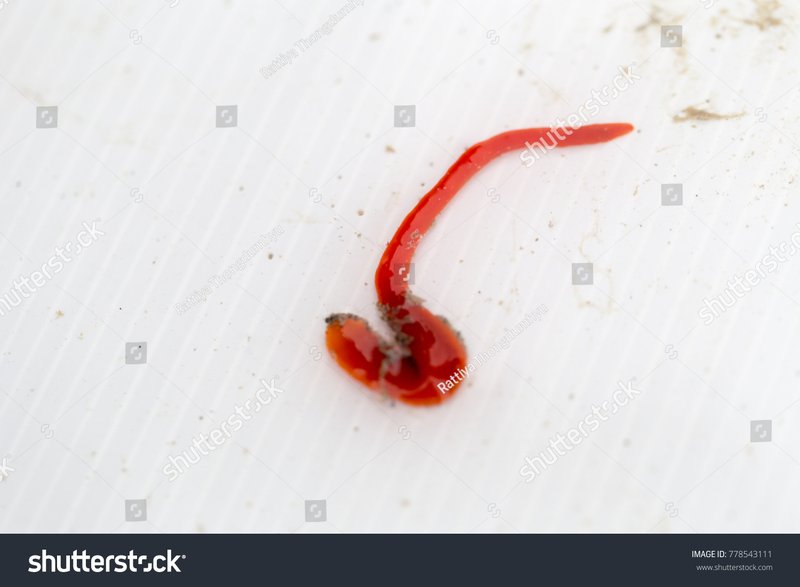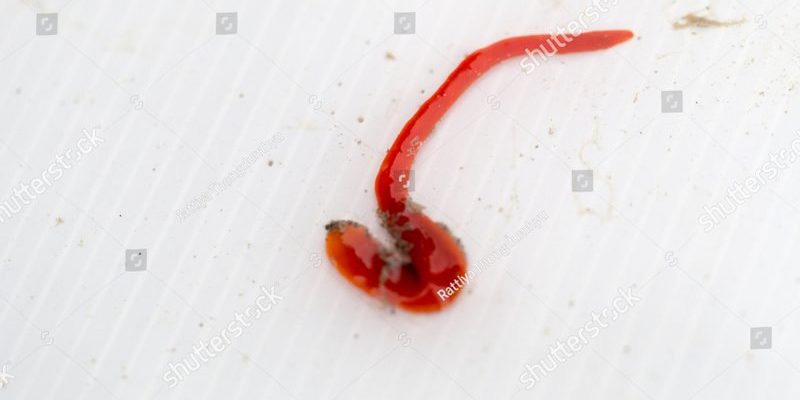
Bootlace worms, scientifically known as *Lineus longissimus*, can reach impressive lengths—up to 30 meters in some cases! Their name comes from their long, thin, and flexible bodies that resemble your shoelaces. You might be wondering what these creatures do and why they’re important. Well, let’s dive into the world of bootlace worms and explore their habitat, characteristics, and the role they play in the ecosystem.
What Are Bootlace Worms?
Bootlace worms belong to the phylum Annelida, which also includes earthworms and leeches. They are marine polychaete worms, meaning they’re segmented and have bristles called setae. These bristles help them navigate through muddy or sandy environments. You might find them hiding in crevices, where they use their long bodies to stretch and absorb nutrients from the sea floor.
For someone like you, who may not have encountered these worms before, think of bootlace worms as nature’s low-key superheroes. They thrive in a variety of locations, from rocky shores to sandy bays, adapting to different environments with ease. Their ability to regenerate is especially remarkable, as they can regrow segments of their body if they lose them—making them quite resilient!
Where to Find Bootlace Worms
If you’re eager to spot a bootlace worm, certain locations along the British and European coastlines are your best bets. In the UK, they can be found on the shores of Scotland, Wales, and even along the South Coast. Popular beach areas like Pembrokeshire and Cornwall are known for these elusive creatures. During low tide, you might catch a glimpse of their slippery bodies.
Think about it: walking along a beach, the waves gently lapping at your feet, and suddenly, you see something slither just beneath the surface. That could be a bootlace worm! They thrive in intertidal zones, where the water ebbs and flows, providing them with the perfect conditions to survive.
The Physical Characteristics of Bootlace Worms
Bootlace worms are truly a sight to behold. As mentioned, they can grow up to 30 meters long, but they’re incredibly thin and flexible. Their bodies can be brightly colored—ranging from greens to pinks and purples—which can be both beautiful and a bit intimidating at first glance. It’s like finding a piece of rainbow spaghetti on the beach!
Their skin is also quite unique. It has a slimy coating that helps them glide through their environment. This mucus not only aids in movement but also protects them from predators. If you remember the classic “slippery when wet” sign, that’s basically bootlace worms in a nutshell!
The Diet of Bootlace Worms
What do bootlace worms eat, you ask? These worms are primarily scavengers and feeders on organic matter. They absorb nutrients from decaying plant and animal material on the ocean floor. They play a crucial role in the ecosystem by helping break down waste and recycling nutrients back into the marine environment.
You may have heard of the term “detritivore.” Essentially, bootlace worms fall into this category because they feed on detritus—tiny bits of decomposing matter. Their feeding habits help keep the ocean floor clean, contributing to a healthy ecosystem. It’s like they’re nature’s little cleanup crew!
Reproduction and Lifespan
Bootlace worms reproduce through a fascinating process known as epigamy. During this process, they can actually develop into two separate individuals as segments of their body. They’ll release eggs and sperm into the water, where fertilization occurs. After hatching, the small larvae will eventually settle down and mature into adult worms.
As for their lifespan, bootlace worms can live several years, but the exact duration is still a bit of a mystery to scientists. The longevity of these worms adds to their intriguing nature—like a hidden treasure that keeps on giving in terms of research and discovery.
Environmental Importance and Threats
The role of bootlace worms extends beyond just being fascinating creatures. They’re essential for maintaining the balance of marine ecosystems. By breaking down organic matter, they contribute to the nutrient cycle, which supports various marine life. Their presence is an indicator of a healthy environment, similar to how certain birds indicate air quality.
However, bootlace worms face threats, primarily from habitat destruction and pollution. Coastal development, climate change, and overfishing can disrupt their habitats. Pollution also poses a risk, as chemicals can affect their health and reproductive rates. It’s vital to protect these ecosystems to ensure that bootlace worms can continue to thrive.
How to Help Protect Bootlace Worms
If you’re keen on helping bootlace worms and their habitat, there are simple steps you can take. First, always follow local guidelines when visiting shorelines. Respecting natural habitats is crucial. Here are some easy ways to help:
- Participate in beach clean-ups: Remove trash that could harm marine life.
- Reduce plastic use: Opt for eco-friendly products to minimize waste.
- Support conservation efforts: Engaging with local wildlife organizations can amplify your impact.
By taking these steps, you contribute to a healthier coastline, benefiting not just bootlace worms but the entire marine ecosystem. It’s a win-win for you and the creatures that call the ocean home!
Final Thoughts
Bootlace worms are a remarkable part of British and European shorelines, offering a glimpse into the ocean’s complex ecosystem. They might not be the first creatures that come to mind when you think of marine life, but their unique characteristics and vital role are definitely worth celebrating. Next time you stroll along the beach, keep an eye out for these long, slimy wonders. With a bit of curiosity and respect for their environment, you can appreciate the beauty of bootlace worms and help protect them for generations to come.

